After receiving a recommendation by a client of mine, to check out a private off leash park you can rent by the hour, I decided to give it a go. I have a reactive dog, and many of my clients do as well, which means that off leash dog parks are often a no-go for those who I am friends with, and those who I work with. Off leash dog parks come with a host of issues, from not knowing if other dogs are carrying parasites or disease, to not knowing whether or not they are truly friendly and social with all dogs(have you heard of how often fights happen?), and more! Often, our dogs become overstimulated, overwhelmed and stressed by the high number of strange dogs charging at them from various directions, and a lot of owners miss these signals that their dogs are highly stressed. It creates for quite a chaotic environment, for sure. So, then, the question is asked of where we can take our dogs to enjoy some off lead time, where their stress hormones aren’t spiked through their systems, and we can all relax?
The Place 4 Paws clearly had this thought in mind, when they opened up two, large, off leash areas that are fully fenced in and you can rent to use! Of these two parks, there is an open field, called The Field of Dreams(great if you want to do more fetch, or maybe do some off lead training), and The Enchanted Forest(excellent for those who love to bound through tall grass, brush, and sniff around). You can rent the space all to yourself and your own pups, by the half hour or the hour for an exceptionally affordable price!
Here are the things that we loved about The Place 4 Paws: Play Unleashed park. We chose The Enchanted Forest, hoping to give our dogs a bit more of that physical and mental stimulation through exploration.
The Rules & Regulations:
- Please check in at reception prior to entering the off leash area.
- Online booking and payment is required for use of Play Unleashed(their online system wouldn’t allow me, so they accommodated by allowing us to come in!)
- Members are required to read and sign all waivers, as well as supply current up-to-date vaccination records(we love that this is required, so we know other dogs aren’t bringing anything into the park!)
- All dogs must be under control at all times and on leash while in transit to and from the park(perfect, no chance of our pups having a run in with another dog!)
- Owners must pick up after their pet at all times, no exceptions. Failure to comply will result in revocation of your membership(clean parks are always so great. Nobody likes to step in doggy poop!)
- For the safety and comfort of all guests, please do not allow your dog to dig or damage anything while on-site.
- For the safety of all pets, no collars or harnesses are permitted while in the park; please remove all gear in our gated air-lock prior to entering(they have a double gate system accommodate this, as well as a hook for your gear on the inside of the park!)
- Under no circumstances, are aversive measures permitted to be used on your pet while in our park. This includes, but is not limited to, hitting, kicking, punching, rolling, choking, or any other form of contact that may be perceived to be aggressive, threatening or abusive. (I think it is obvious why I love that there is a zero tolerance policy for this – not only am I a member of Organizations; PPG and AFFA; whose ethics are to use humane, force free methods with our best friends, but I fully believe that our furry – and otherwise – pets, should always be treated with the utmost kindness!)
- Please notify our staff if you notice anything that needs attention in the park.
- There are risks associated with any activity involving off leash play with your pets. Please ensure that your pet is not over-exerting themselves, allow time for breaks and proper hydration.
- Water is not provided by Play Unleashed, nor are water pails. Please come prepared with water and dishes for your pet during your session.
- Play Unleashed is not responsible for any injury or damage to oets or owners due to use of our parks, Use of our parks is at your own risk. Play Unleashed is not liable for injuries or accidents that may occur on our property. By entering the park, you assume all risks associated with off leash play. Please ensure that you play responsibly.
For list of rules, see above. My apologies for the poor, over-saturated photos – the sun was shining pretty heavily at the time we went.
Here are some of the things we loved about The Enchanted Forest.
- There is a PRIVACY SCREEN on the majority of the fencing in higher volume areas to prevent any visual stimulation that may trigger your reactive pet!
- There is a double gate system. This is an excellent way to prevent dogs escaping the park, and also to help keep people from running into one another when entering and leaving the park, which leads me to the next security feature that I loved!
- There is an OCCUPIED sign/clip that you can clip onto the bottom of the gate latch to prevent anyone from pulling it up and opening it while the park is in use. This way, you are aware of when others are still in the park or have left. When you leave, clip the occupied sign onto the fencing of the gate instead so others know when the park is open for use.
- There is a poop bag garbage pail between the double-gate system, and a dispenser of poop bags on the inside of the gate to the park, as well as another poop bag dispenser at the seating area within.
- Too top it all off, they have a hook for you to hang your dogs gear on within the gate of the park – which is great, since your dog is required to be gear-less.
- The fence is approximately 6 feet high, and right to the ground.
- It was incredibly clean and we didn’t step in dog poop anywhere.
- The Enchanted Forest had lots of shade from all the trees and foliage, which was great in the heat of the evening.
- Our dogs came home stimulated, tired, and happy!
Upon our arrival, I left the dogs in the car with my partner. Boone, as some know, is quite unsure of strange people and strange dogs. I entered their main building and was immediately greeted by a staff member, who began assisting me with signing waivers, paying the fee for my hour, and going over vaccination records. The owner, Cody Shepherd, also greeted me and helped with this process, and then took the time to show me the Occupied and Double Gate system, which was fantastic of him to do!
Afterwards, he went back to the building to give me some space for my pups, and my partner and I leashed up the dogs and went into the park. Despite some barking from the dogs in the boarding facility, our dogs were not stressed or anxious at all. There were no visuals, creating much more comfort for our pups.
We walked into the Double Gate System, latched the first gate with the OCCUPIED sign, read the Rules & Regulations, removed our pups gear, and then opened the second gate to let them run free. Closing the second gate behind us, we found the leash and gear hook and hung up our pets gear(less for us to carry!) and we set about exploring the park with our pups.
The park was GORGEOUS, well shaded from trees and foliage, and they even included a seating area for pet owners to relax while their pups explored and rampaged around the park. Of course, we love to adventure and explore too, so we checked our every inch of the park as well. Being a bit of a paranoid dog owner, I even explored some of the fencing around the edges of the park to ensure security and found absolutely zero flaws in their fencing(my Beagle is an escape artist, so even though I didn’t have him with me for this one, it was a force of habit). The park was larger than I expected, and our dogs had a blast running around.
We actually found that our dogs were fairly tired within their first half hour being there, from all the positive stimulation, and it was nice to have the seating where we could go relax as well! The lawn chairs arm rests were wide enough to rest any drinks you might bring in for yourself as well.
The things I highly recommend to bring to the park with you:
- Water for yourself and your dogs
- A pail or dish of some sort to give the dogs water in
- Bug spray for yourself prior to park entry(as with any park, mosquitoes are everywhere)
I honestly, cannot say enough good things about the Play Unleashed parks and would highly recommend them to anyone who wants to go take their dogs to an off leash area, without the risks of strange dogs, or their dog running off. The staff were great, the park system is awesome, they truly thought of everything and I give them a 10/10.
For Boone, who rarely lays down to rest, he had a relaxing night of rest, and has been relatively relaxed today as well, and Ria loved the freedom she got to bound through the tall grass. Check out those lolling tongues!

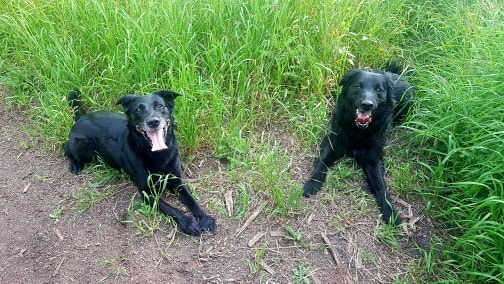
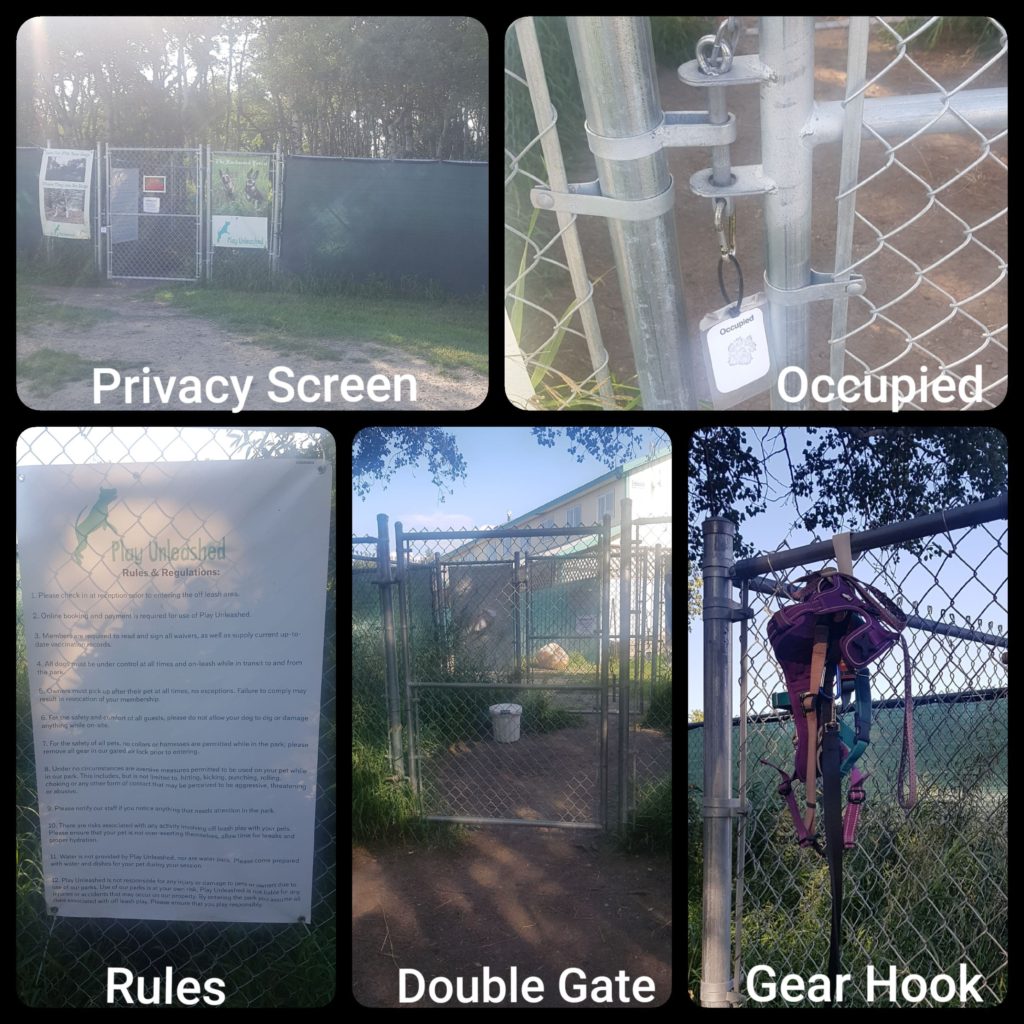

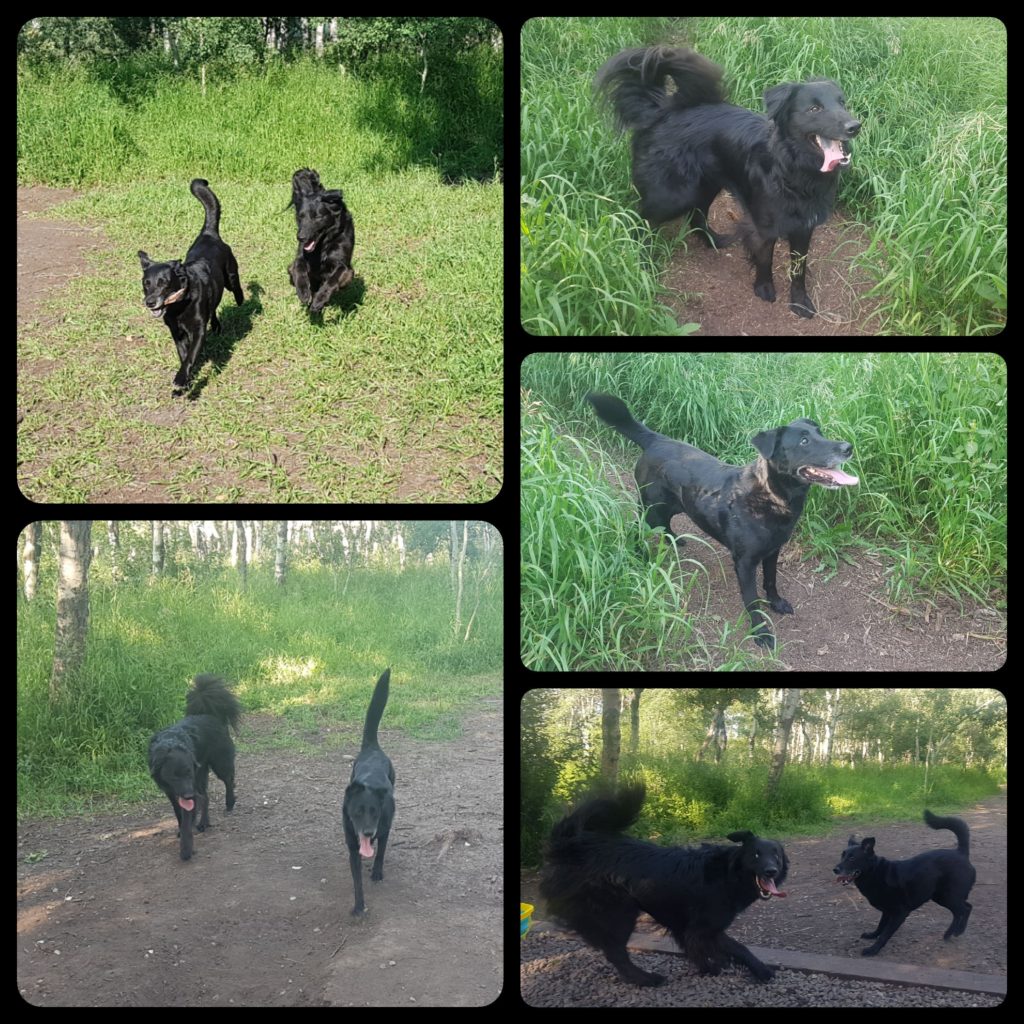

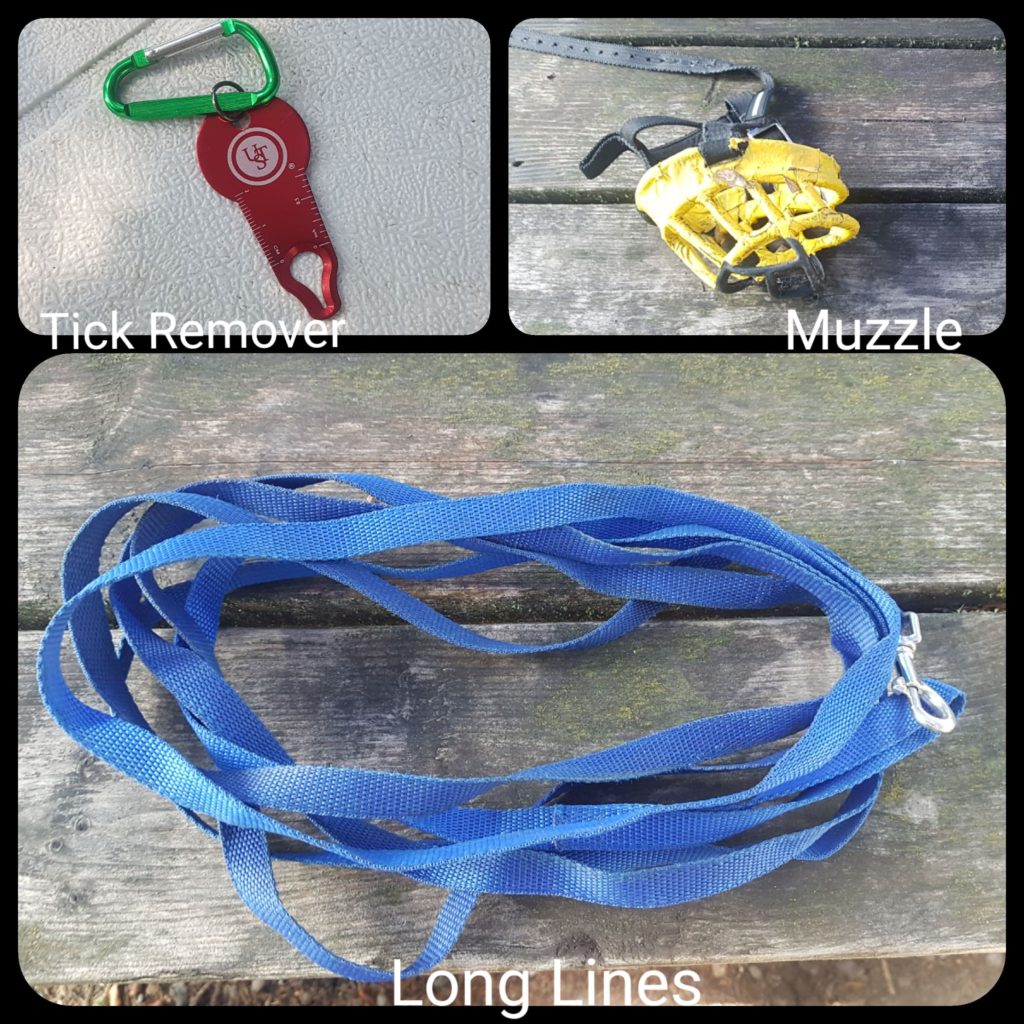



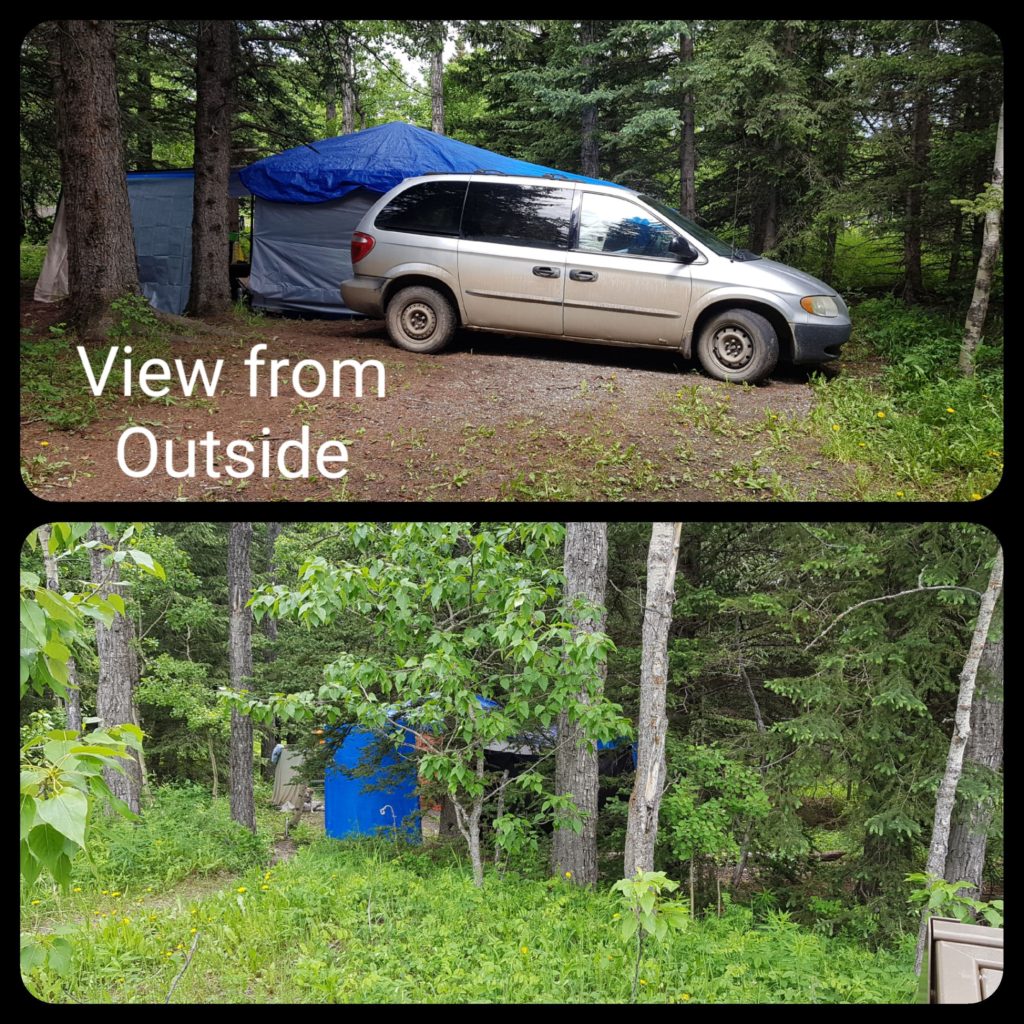

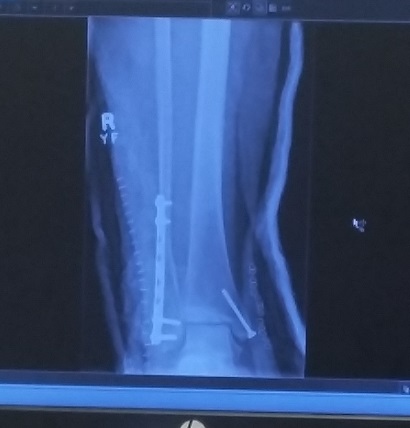 My ankle after surgery.
My ankle after surgery.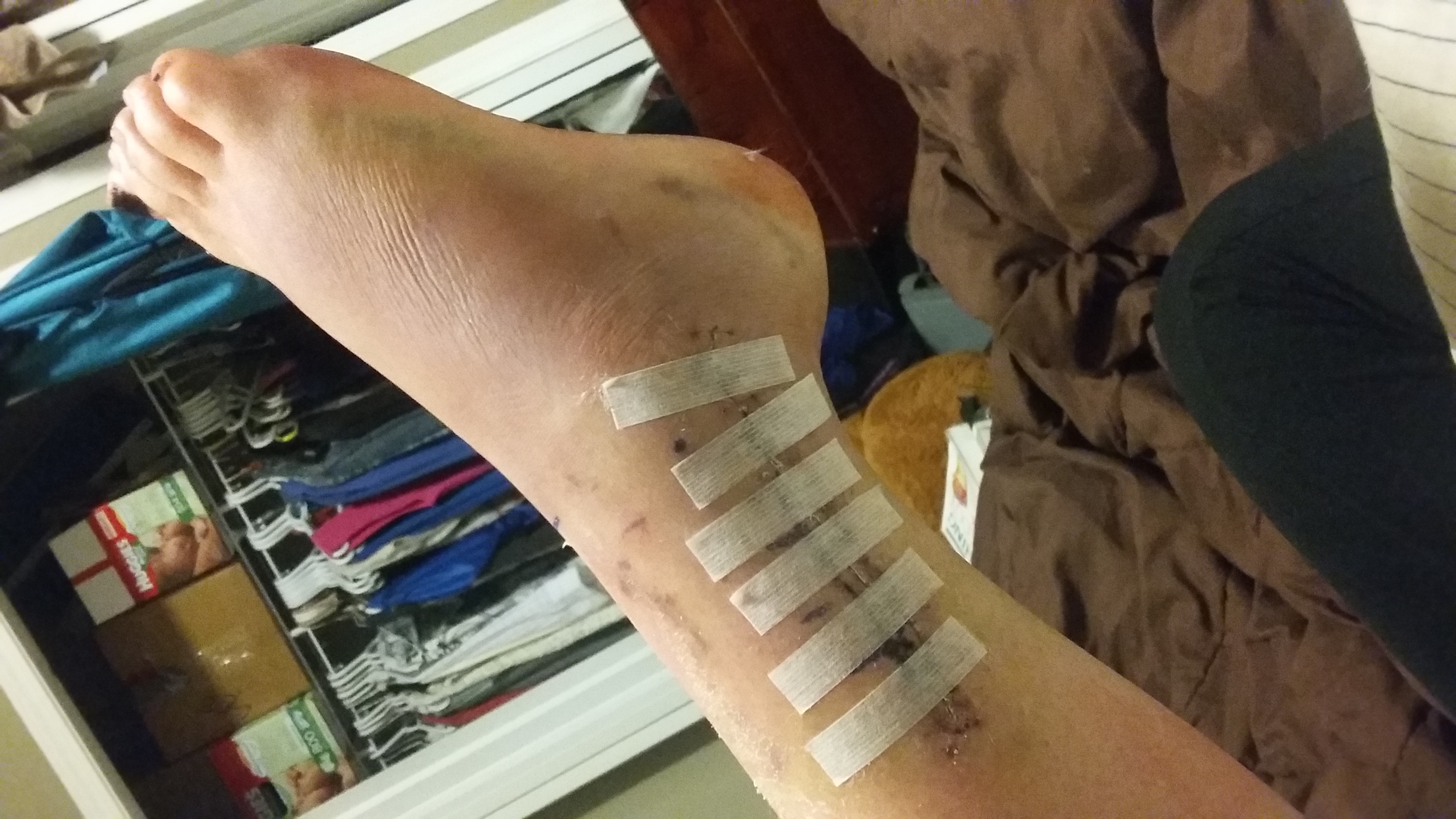

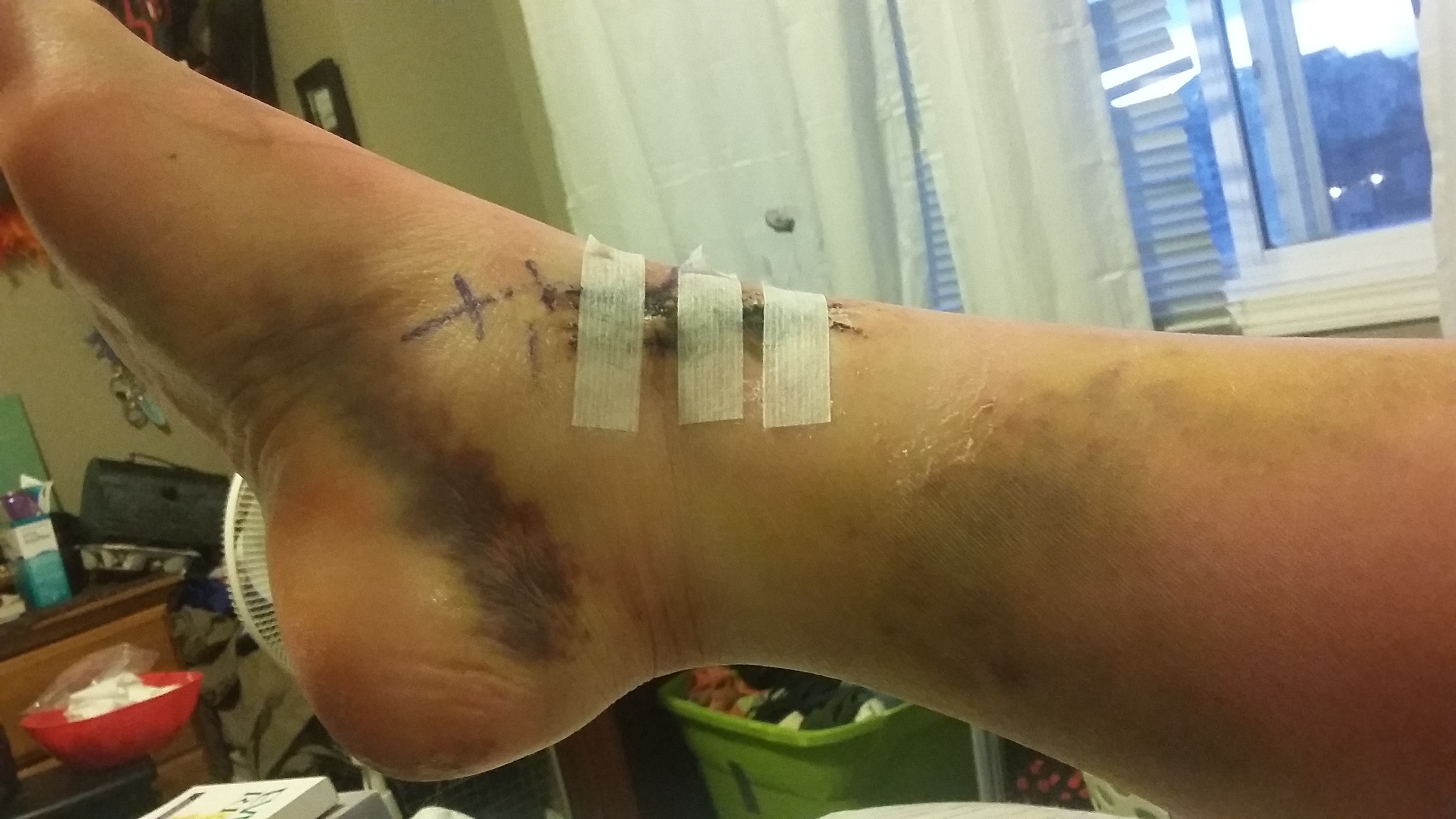
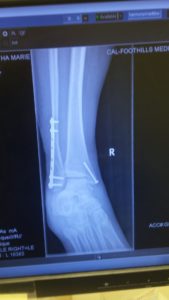 After meeting with the new surgeon, prior to removal.
After meeting with the new surgeon, prior to removal.
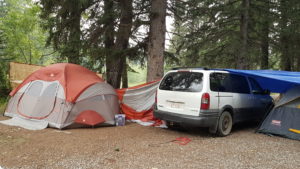

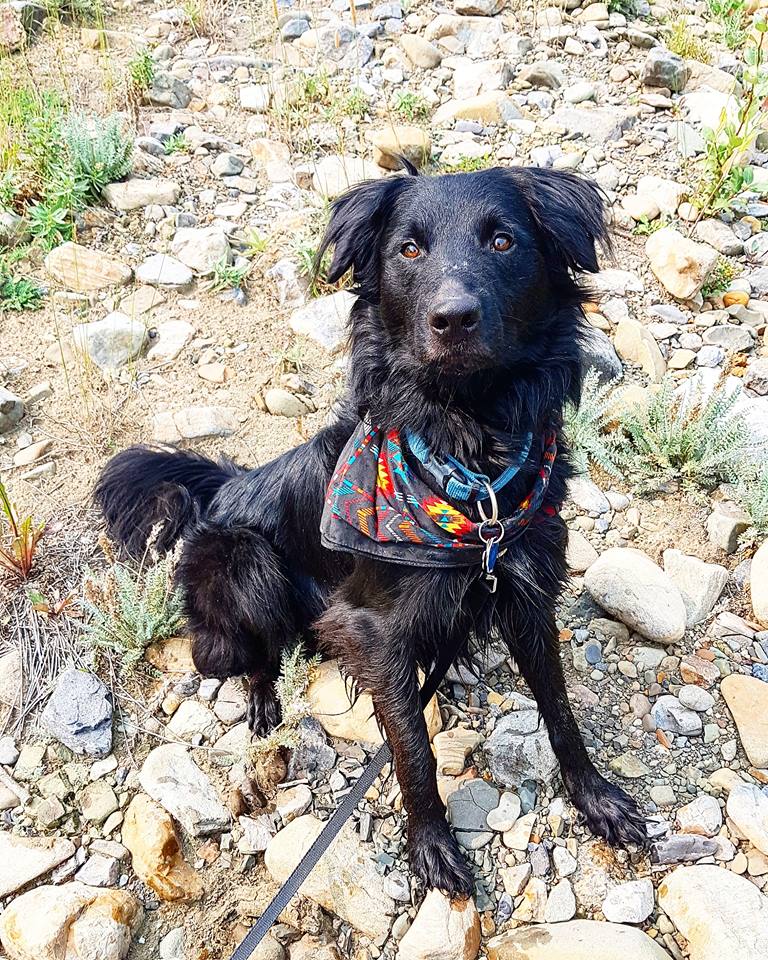

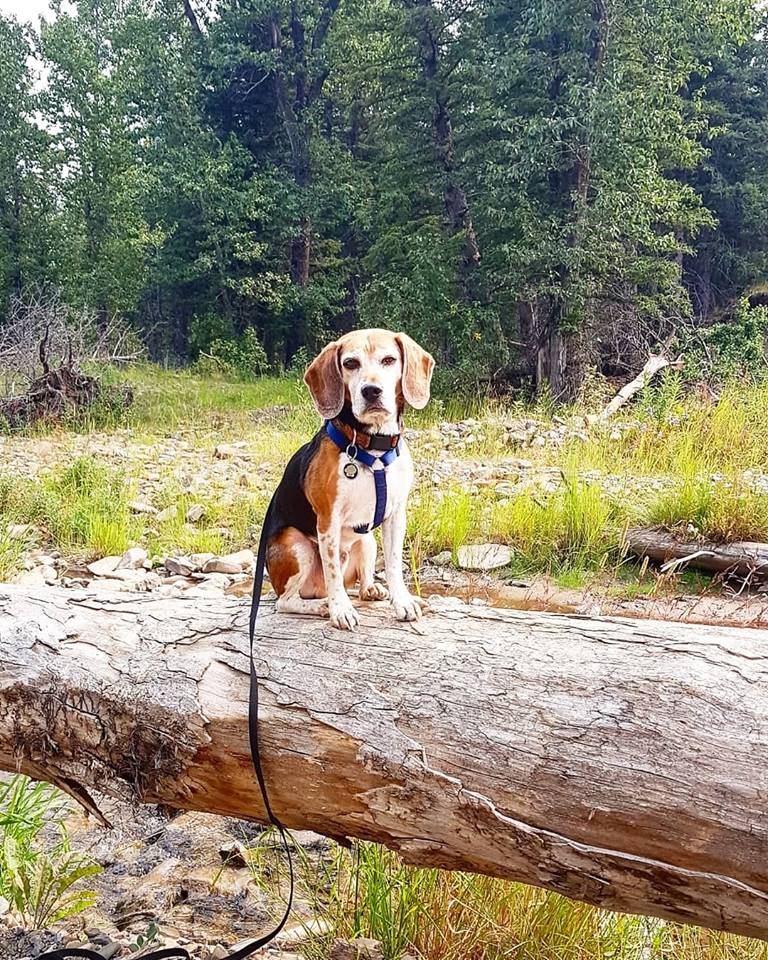
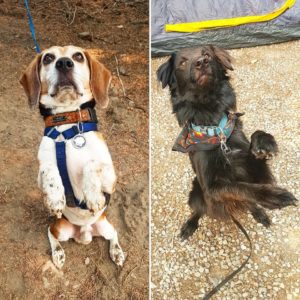

 Boone wearing a Baskerville Ultra size 4(design added by me)
Boone wearing a Baskerville Ultra size 4(design added by me)